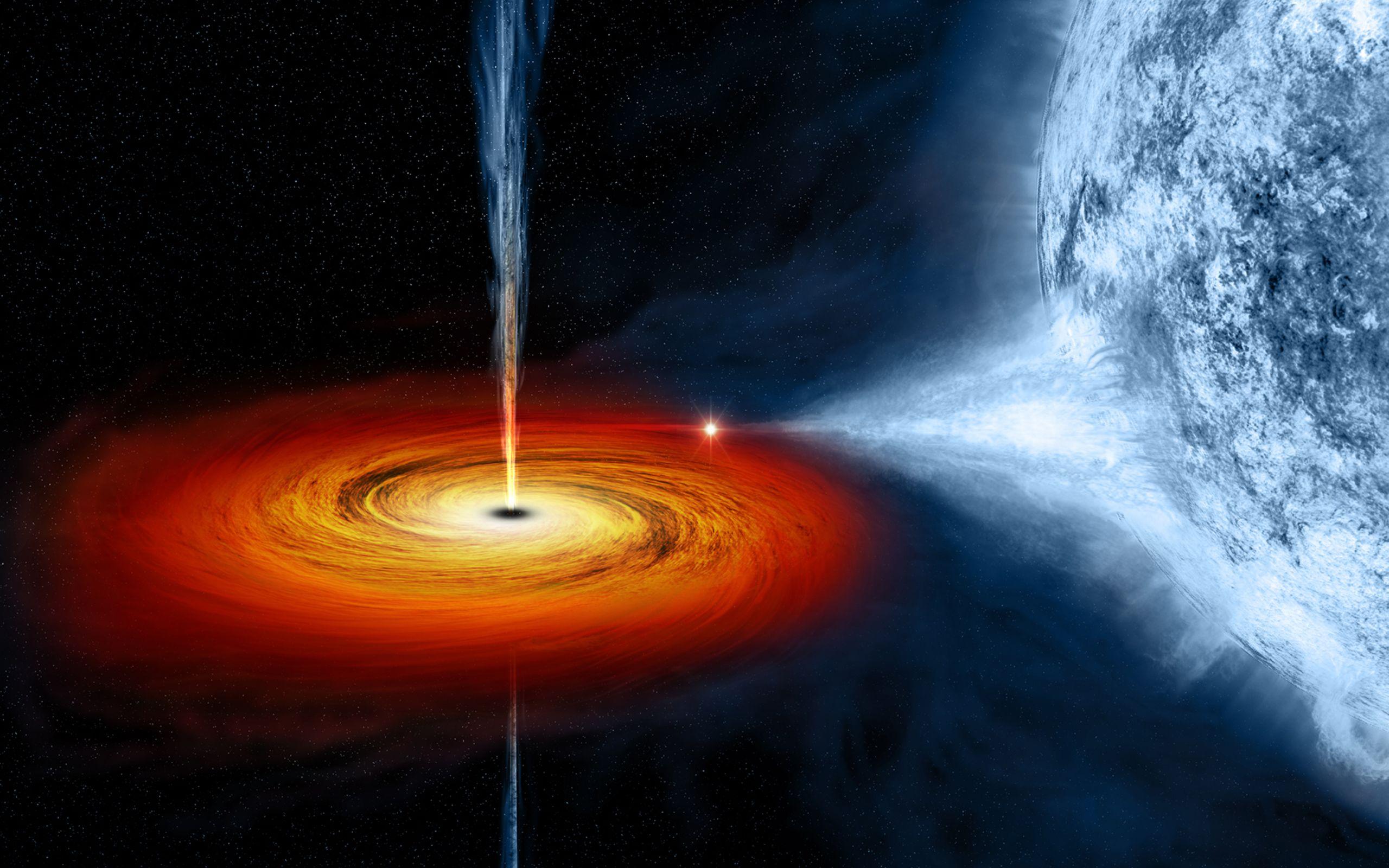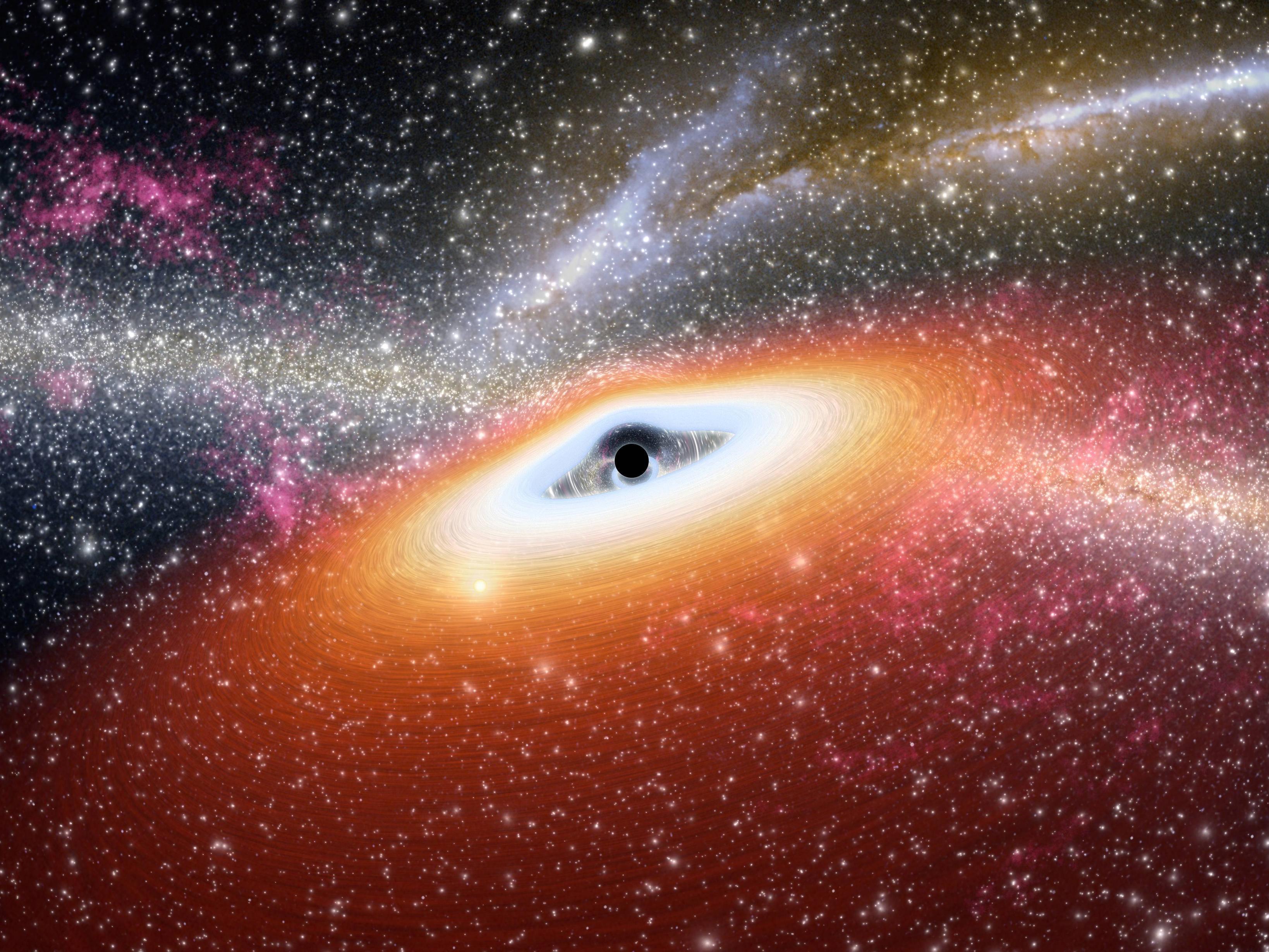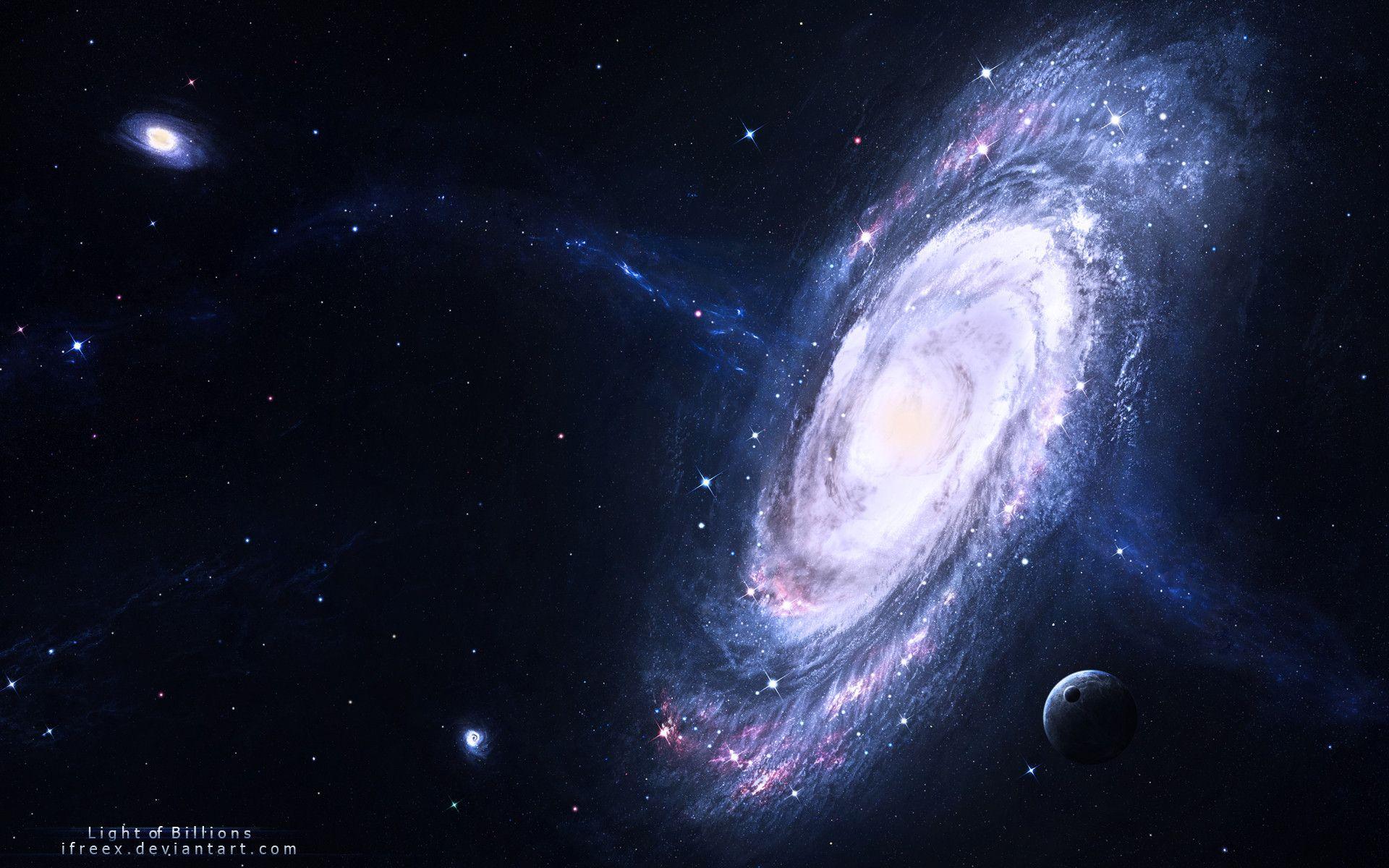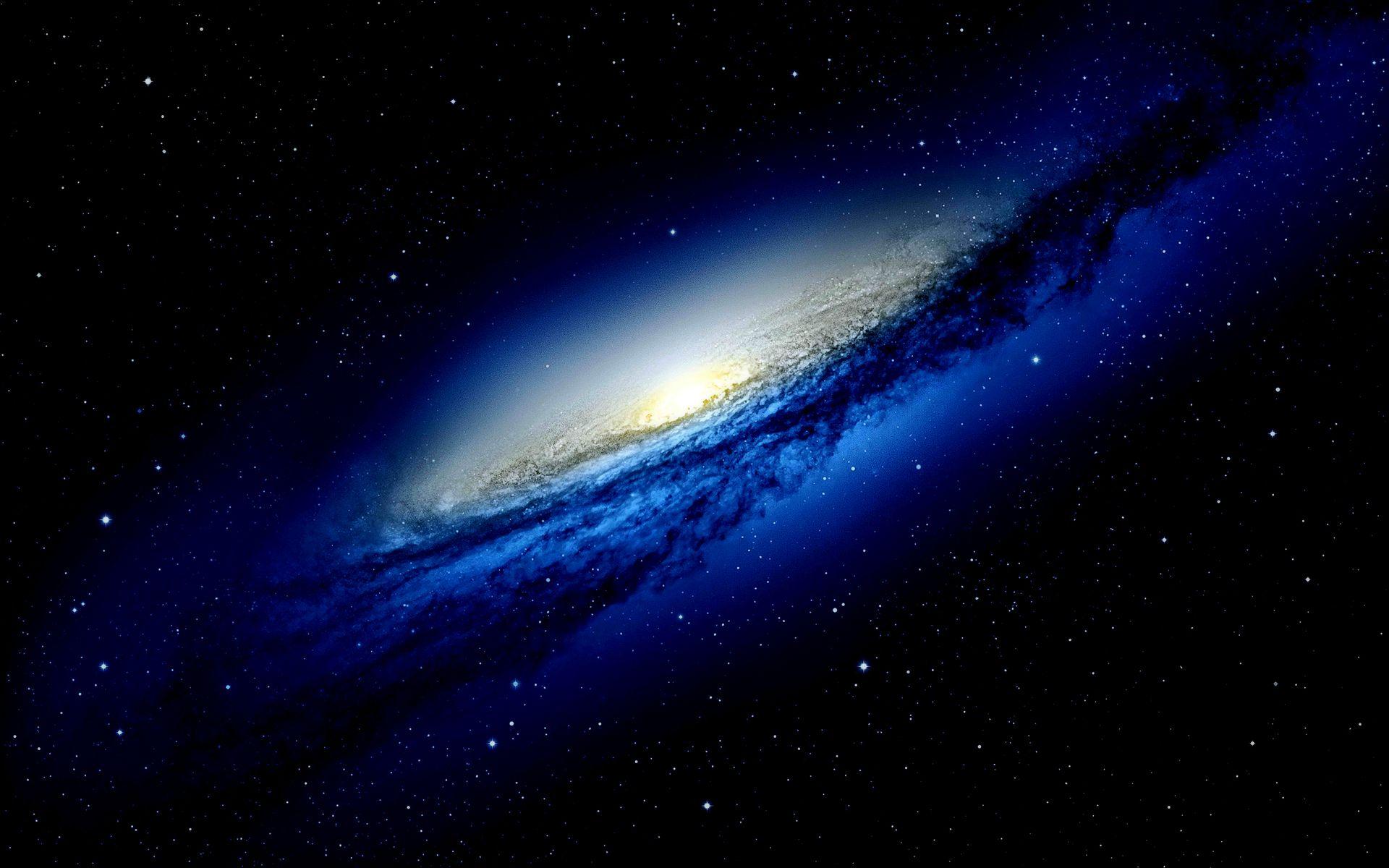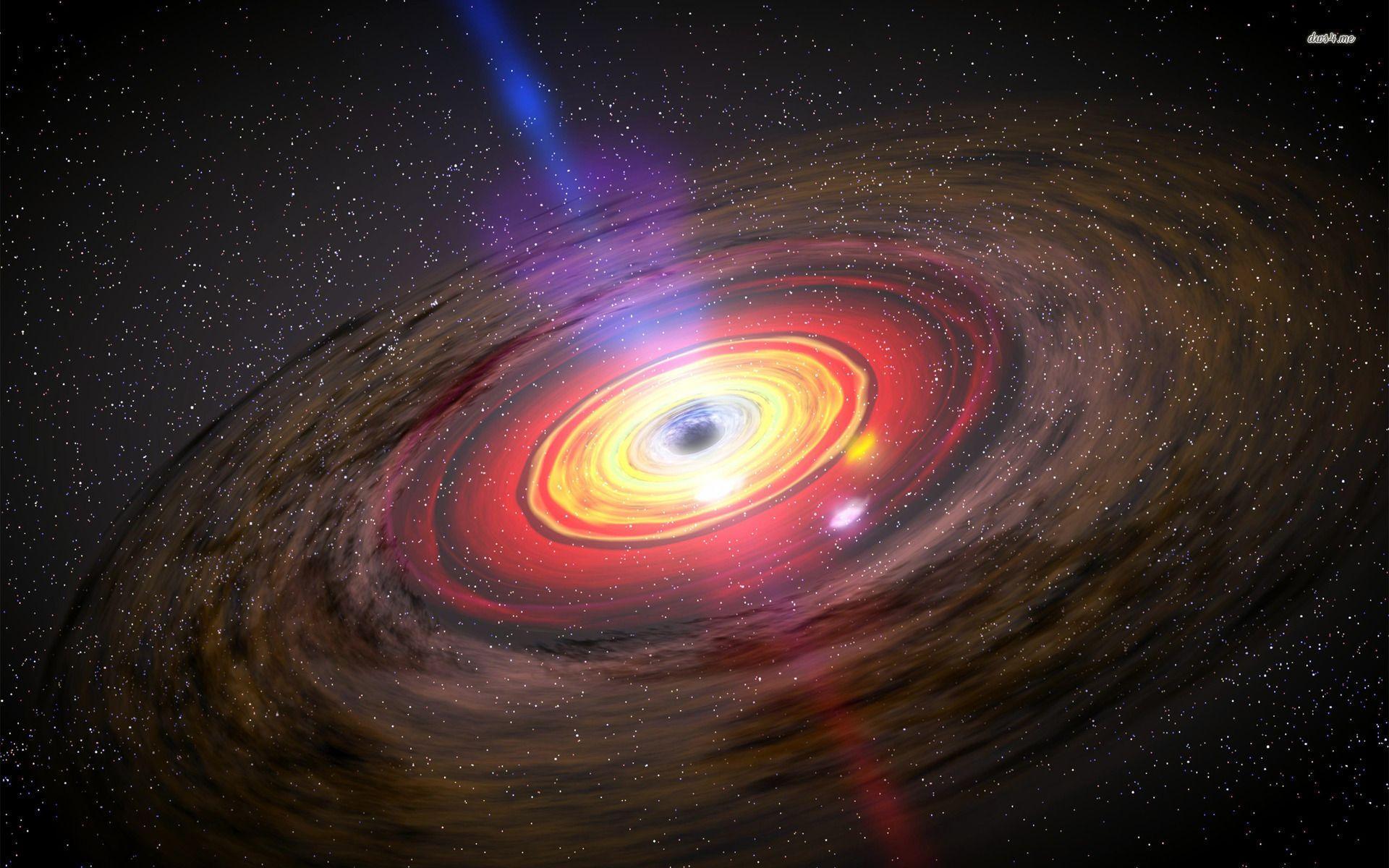What is time ?
Earlier, before Einstein, "time" was considered to be a constant quantity, but Einstein said that time is an illusion, it is relative, and it is different for different observers, speed, and space. He considered time as a free dimension, a fourth dimension. If we consider 3 dimensions, then they are length, width, and height. All three together define space, and the fourth dimension is time, which defines the direction to it, which is specifically only in the forward direction. So, all together, is the four-dimensional fabric known as space-time. According to Albert Einstein’s theory of relativity, time slows down or moves faster as we approach the speed of light. When a four-dimensional piece of fabric is introduced with a piece of mass, then it produces a curve or dimple or groove in it. This curve, or bending, allows the object to move in the curve. This curve represents gravity.
 |
|
Gravity plays a vital role in time. Time is inversely proportional to gravity, i.e., the stronger the gravity, the slower the time will move, and the weaker the gravity, the faster the time. So, when you stand for a minute, your head will be nearly 9.5 femtoseconds younger than your feet, as gravity is a tiny bit weaker on your head as compared to your feet. As a result, the clocks on the satellites are calibrated so that they correspond to the time on Earth. From all this, we could say gravity can slow down or move fast.
Paradoxes
related to time travel
Bootstrap
paradox:
According to this, an object, person, or piece of information can be stuck in an endless loop in which its existence and origin are not possible to define. Consider this: you are working when suddenly the doorbell rings. When you open the door, you receive a mysterious packet that contains a book that explains all the possible ways by which you can travel through time, i.e., an ideal way to create a time machine. After understanding all these concepts, you start to build the time machine. It took you almost 15 years to build this. At last, after these endless trials, you can now travel back to the past or to the future. Now, what you do is grab that same book and travel back to the past on the same day when you received it, keeping the book on your doorstep. That means you were the one who gave the book to yourself. But then, from where the book originally came from, the book will now move in an endless loop, the origin of which is unknown. 
This all means that you take all the proofs and explanations of Newton's laws and go back to the past before Newton was even born and published the papers explaining these laws. At present time, Newton's laws exist and are known under the name Newton, but you published them. That means now you are Newton. This was an example of a person stuck in an endless loop.
The example of information stuck in an endless loop can be explained by this simple example. Consider that you went to the past and explained to Albert Einstein the theory of General and Special Relativity, and then at present you learn that in your college that means the piece of information about General and Special Relativity is now stuck in an endless loop.
Grandfather
Paradox:
It is a paradox about time travel in which inconsistencies appear due to changes in the past. In this paradox, you go to the past and make changes that affect your present. Assume you went to your past when your grandfather was young and you killed your grandfather. This resulted in your father or mother not being born. That means you are not born. That means you can’t go back to the past to kill your. As a result, your grandfather is still alive. That means you are born, you travel back in time, and this endless loop continues. Due to this paradox, many scientists have started to believe that time travel is not possible on logical grounds.
 |
| Grandfather Paradox |
Black holes
and time travel
Many scientists believe that black holes are the primary and major mode of time travel. The gravitational force in a black hole is very very strong. That means time travels very slowly near it. The stronger the gravitational force, the slower time moves. Assume you're in a spaceship on its way to a black hole, and your twin is on Earth. Now you rotate around the black hole for five years. As now, the gravitational force is strong and time moves slowly for you, your ageing will also slow down. When you return to earth in five years, your twin could be 10 years older than you. So, it can be a way of travelling through time using gravity.
What is a
Wormhole and how it is possible to travel through time?
A wormhole is a tunnel that connects two distinct points in space or can extend up to two universes through space-time curvature. In fact, it provides the shortest path between two points without even having to travel that distance.
Considering a wormhole, space can be visualized as a two-dimensional surface. In this case, a wormhole would appear as a hole in that surface, lead into a 3D tube (the inside surface of a cylinder), then re-emerge at another location on the 2D surface with a hole similar to the entrance. An actual wormhole would be analogous to this, but with the spatial dimensions raised by one. For example, instead of circular holes on a 2D-plane, the entry and exit points could be visualized as spheres in 3D space.
 |
| Wormhole connects two space time |
One of the theories suggests that at the end of a black hole at the singularity, the singularity of a white hole is connected, i.e., it’s a path where the entrance is from the black hole end and the exit is through the white hole end. But, it’s all just a theory, but that could be possible.
Finally, we know that all these concepts are still on paper only. It is still not possible in our real world, but it will not be impossible in the future. We will be able to travel through time.
 We now know that a black hole's grasp is very strong, and once it catches something, it never lets go of it, nor does it leave anything behind, not even information. So, we will dig deep into it in this article. So, what is this information, or here we will consider physical information? Physical information is a type of information which refers to information about a portion of a physical universe, or in general, we can say that information is that thing which describes an uncertain something. Now we know what we understand by information, so now let us know what a paradox is. Simply saying "paradox" is a contradictory statement.
We now know that a black hole's grasp is very strong, and once it catches something, it never lets go of it, nor does it leave anything behind, not even information. So, we will dig deep into it in this article. So, what is this information, or here we will consider physical information? Physical information is a type of information which refers to information about a portion of a physical universe, or in general, we can say that information is that thing which describes an uncertain something. Now we know what we understand by information, so now let us know what a paradox is. Simply saying "paradox" is a contradictory statement. As a physical object or a system, the book is described by a mathematical object called a wave function. As it burns, changing its shape and consistency, the wave function changes accordingly. At the end, the wave function describes the ashes that remain. No information is lost in the process; it is simply transformed from the hard book into ashes. In theory, you can run the evolution of the wave function backwards and recover all the original information from the wave function about the ashes. But this is all on paper only. This can’t be shown in real life. This theory will only sound good in its own limited way. But now imagine your book has been squeezed to a very very small size, keeping the density and mass constant. At some point, your book will collapse into a black hole and the gravitational force will be extremely strong. As the size decreases, the gravitational pull increases. Now we are dealing with the black hole that contains all the information about your ongoing project. Now it's just a simple black hole and it has no relation to your information in real life. You just have to assume that it has your information within it.
As a physical object or a system, the book is described by a mathematical object called a wave function. As it burns, changing its shape and consistency, the wave function changes accordingly. At the end, the wave function describes the ashes that remain. No information is lost in the process; it is simply transformed from the hard book into ashes. In theory, you can run the evolution of the wave function backwards and recover all the original information from the wave function about the ashes. But this is all on paper only. This can’t be shown in real life. This theory will only sound good in its own limited way. But now imagine your book has been squeezed to a very very small size, keeping the density and mass constant. At some point, your book will collapse into a black hole and the gravitational force will be extremely strong. As the size decreases, the gravitational pull increases. Now we are dealing with the black hole that contains all the information about your ongoing project. Now it's just a simple black hole and it has no relation to your information in real life. You just have to assume that it has your information within it. This was the theory proposed by Stephen Hawking, and he was so sure about his theory that he and Kip Thorne had a bet about this paradox with John Preskill. Although the bet was just a fun bet, the reward was their pride, and they decided that the loser would reward the winner with an encyclopedia of the winner’s choice. After 7 years of bets, Hawking conceded his bet and said that he now believes that black holes also transmit information after reading the reports of physicist Juan Maldacena, and as promised, he rewarded John Preskill with an encyclopedia of his interest, and that was Total Baseball, The Ultimate Baseball Encyclopedia. But still, John Preskill never concealed the bet and refused it in front of the jury, so this bet is still an unsolved mystery and another paradox remains a paradox.
This was the theory proposed by Stephen Hawking, and he was so sure about his theory that he and Kip Thorne had a bet about this paradox with John Preskill. Although the bet was just a fun bet, the reward was their pride, and they decided that the loser would reward the winner with an encyclopedia of the winner’s choice. After 7 years of bets, Hawking conceded his bet and said that he now believes that black holes also transmit information after reading the reports of physicist Juan Maldacena, and as promised, he rewarded John Preskill with an encyclopedia of his interest, and that was Total Baseball, The Ultimate Baseball Encyclopedia. But still, John Preskill never concealed the bet and refused it in front of the jury, so this bet is still an unsolved mystery and another paradox remains a paradox.